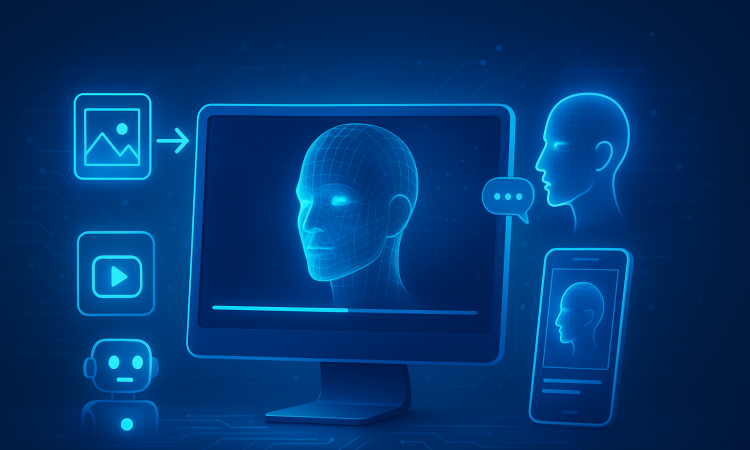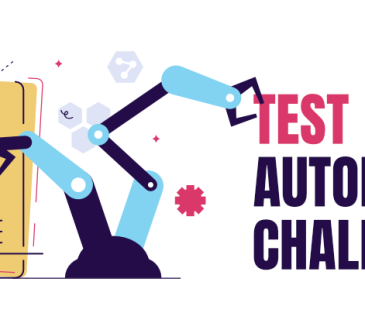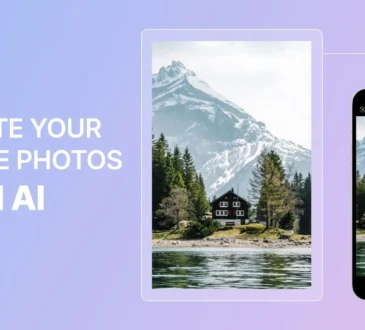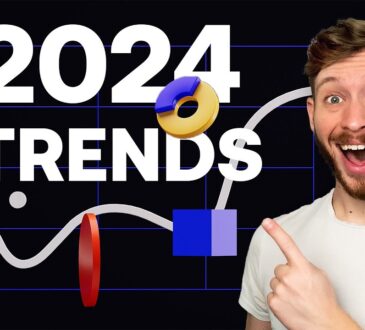Best Image to Video AI and AI Talking Photo Tools for Creators in 2025

By October 2025, AI-generated video will have outgrown filters and voiceovers. Now you can easily make a single image a moving, speaking, realistic video clip within a few seconds. As a content producer, marketer, or startup founder, these tools can save you hours of time spent creating content and open up novel storytelling formats.
This tutorial discusses the top 10 image-to-video AI and AI talking photo tools that I have tested in 2021. I will show you how they differ, each being best at something, and who should use each.
Brief answer: Magic Hour is far ahead of the pack when it comes to both image-to-video and talking photo generation. However, other platforms might be more appropriate depending on what you want to do, how much it will cost, how much you want to customize, or how realistic you desire it.
Best Tools at a Glance
| Tool | Best For | Platforms | Modalities | Free Plan | Starting Price |
| Magic Hour | Professional image-to-video and talking photo creation | Web | Image, Audio, Video | Yes | From $15/month |
| Synthesia | Corporate and marketing videos | Web | Video, Voice | No | From $22/month |
| HeyGen | Social content and AI avatars | Web | Video, Image | Yes | From $24/month |
| Pika Labs | Fast image-to-video generation | Web | Image, Video | Yes | From $12/month |
| Runway ML | Creative video production and motion tools | Web | Image, Video | Yes | From $15/month |
| D-ID | Realistic talking heads and avatars | Web | Image, Audio | No | From $49/month |
| DeepBrain AI | Business-grade talking avatars | Web | Image, Audio | No | From $30/month |
| Colossyan | E-learning and training videos | Web | Video, Script | No | From $35/month |
| Synthesys.io | Voice and avatar synthesis for marketing | Web | Voice, Image | Yes | From $20/month |
| Rephrase.ai | Personalized video campaigns | Web | Video, Text | No | From $25/month |
1. Magic Hour
Magic Hour is the most proficient and user-friendly platform to create videos out of still images. It combines the intuitive design and powerful AI functionality, providing you with film-like results in minutes.
With image to video AI, you can animate a still picture into a fluid motion clip while maintaining natural movement and accurate lighting. Meanwhile, the AI Talking Photo feature adds realistic lip sync, facial expression, and voice to your image, ideal for digital storytelling, marketing, or educational content.
Pros:
- Great realism in eye tracking and facial movements.
- Quick rendering and user interface.
- Create and edit in your browser, no software required.
- Immediate free editing of accuracy control.
- English read-only and automatic voice recognition.
Cons:
- Web-based (no native mobile app yet)
- Will need a stable internet connection to render.
Unless you take the creation of interesting video content based on static images lightly, it is difficult to find a better tool than Magic Hour. It is also among the limited tools that can equally generate images into video and talking photos.
Price: Free; Pro plan starts at $15/month.
2. Synthesia
Synthesia specializes in AI video avatars and corporate video technologies. Marketing departments and e-learning sites mainly use it to create videos out of text scripts without necessarily paying actors.
Pros:
- Business and training templates of professional grade.
- Artificial intelligence avatars and languages.
- Powerful branding and privacy functions.
Cons:
- Less artistic freedom in image-based animation.
- Moderately stiff avatar styles on casual material.
Synthesia provides good results to corporate users who produce regular branded videos. However, it is less offered to creators who want to tell stories visually or use expressive animation.
Price: $22/month plans; no free plan.
-
HeyGen
HeyGen has developed as a popular social video setup. You may add an image, type or speak a voice recognition, and the artificial intelligence creates a realistic talking head footage that can be uploaded to TikTok or YouTube.
Pros:
- Fast generation time
- Works with multiple voices and accents.
- API access for automation
Cons:
- Free plan watermarks videos
- Fewer natural motions of the face than in Magic Hour.
HeyGen is a good choice when you need to create fast talking photo videos that you can share on social networks. Its interface is more geared towards creators than it is corporate.
Pricing: Free; Pro starting at $24/month.
-
Pika Labs
Pika Labs is the AI video platform that generates motion clips and is considered one of the fastest-moving AI video platforms with camera movement.
Pros:
- Superb stylized animation choices.
- Immediate creative control.
- Rapid performance and high visuality.
Cons:
- Best results are achieved by immediate writing ability.
- Limited lip sync accuracy
I refer to a lot of Pika Labs for artistic or concept videos. It is not the most realistic; however, it is excellent in mood-driven material and effects.
Price: Free; paid starting at $12/month.
5. Runway ML
Runway ML remains the leader in the realm of creative AI video, with complete control of the generative motion, background swap, and green screen effects.
Pros:
- Browser-based professional-grade video tools.
- works with popular editing programs.
- Balance between control and ease of use.
Cons:
- Better than most designers require.
- Render times can vary
Runway is suited to creators who already know how to work with editing and would like to integrate AI into their toolkit.
Price: Free; Paid $15/month and more.
-
D-ID
The D-ID technology is used to drive numerous AI avatar apps. It focuses on creating realistic human faces based on images and voice recognition.
Pros:
- Very natural lip sync
- Sustains several styles of emotions.
- Relied on by business partners.
Cons:
- High-volume users are expensive.
- UI is out-dated in comparison with the competitors.
D-ID provides the business or marketing video with the quality of reliable talking avatars.
Price: starting at $49/month; no free.
-
DeepBrain AI
DeepBrain AI is interested in photorealistic customer-service, news, and training avatars. Enterprises are frequent users, but creators are free to use its studio platform.
Pros:
- Naturalistic avatars with a tone.
- Well-suited to mass video productions.
- Favors bilingual projects.
Cons:
- Limited creative freedom
- The custom avatars will be sold at a premium.
It can be a great option when it comes to enterprise communication, but it is not as versatile as it could be.
Price: Plans from $30/month.
-
Colossyan
Colossyan is a bridge between the AI video creation and corporate learning. It is meant to create explainer-style videos where the presenter is an AI that looks professional yet friendly.
Pros:
- Use cases concentrated on training and education.
- Template-driven workflow Clean.
- Good voice production.
Cons:
- No support for freehand image-to-video animation.
- Poor editing capabilities.
Colossyan is an effective one in terms of internal communication or educational content.
Price: From $35/month; no free plan.
9. Synthesys.io
Synthesys provides a combination of AI voice and avatar creation technology, designed to support marketing and narration. It is flexible enough to use on podcast intros, YouTube explanations, and product videos.
Pros:
- Fluent AI voices and language.
- Fairly good avatar movement.
- Simple to add to workflows.
Cons:
- Not as realistic as Magic Hour or D-ID.
- The interface is a bit outdated.
It’s an excellent general-purpose site that allows creators to make quick voice or avatar videos with minimal setup.
Price: Free, with restrictions; paid starting at $20/month.
-
Rephrase.ai
Rephrase.ai is a scale-centered personalization company. It creates personal videos to run marketing and sales campaigns, combining data about users with AI avatars.
Pros:
- Excellent at individual video messages.
- Enterprise-ready API
- High avatar quality
Cons:
- Not meant as a form of creative storytelling.
- No image animation features
Important to brands that prefer to customize outreach and engagement with AI-generated presenters.
Price: Plans from $25/month.
How I Chose These Tools
I tried over 20 AI tools during three weeks that convert a still image or portrait into a video where the image is animated or a person is talking. Each was evaluated on:
- Realism and movement quality determine how real the animation is.
- User-friendliness, speed, user interface, and user learning curve.
- Output flexibility supports of many formats and platforms.
- Balance cost, quality, and features.
- Dependability, predictability of render output, and performance.
Magic Hour always registered top in realism, ease and output flexibility.
The Market Landscape in 2025
Alife video space has grown at a rapid pace. The category is being driven by two large trends in 2025:
1 Image and video tools converge: Several platforms have come to merge editing, animation, and voice generation into a single workflow. Applications such as Magic Hour or Runway are at the forefront of this transition.
2 Short-form storytelling: Storytellers are seeking fast and expressive methods of making characters converse and move on platforms such as TikTok, Reels, and YouTube Shorts.
We are also witnessing smaller startups launch niche models, such as emotional realism, micro-expressions, or lip sync accuracy. Look for even more hybrid approaches that will combine text-to-video, image-to-video, and an AI voice synthesis in a single click.
Final Takeaway
To find a one-stop shop that can image to video AI, AI talking photo, and realistic lip sync, Magic Hour is the best all-around app to choose in 2025. It provides the flexibility, authenticity, and cost-effectiveness that most artists and small businesses require.
Synthesia and D-ID are powerful in terms of corporate or structured use cases. In more artistic applications, Runway ML and Pika Labs provide individual creative freedom.
Both of these tools will help to make your visuals that are not in motion come alive. Experiment with some of them, compare the results, and find the one that best fits your workflow.
FAQs
- What is an Image-to-Video AI tool?
It is software designed to use AI models in order to bring life to a still image, creating motion or camera movement or lip sync to create a video clip.
- What do you mean by an AI Talking Photo tool?
It transforms a still portrait into a video of a talking head, creating a one-to-one correspondence between the movement of the mouth and facial expression and an audio or text script.
- Which is the most realistic talking photo animation tool?
Magic Hour provides the most natural motion and lip sync accuracy by current tests.
- Are these tools fit to be used in commerce?
Commercial licenses are available on most platforms on paid plans. Always look up single terms.
- Am I allowed to use them as social media content?
Yes, they can make video exports to be compatible with the largest social networks.
Summary: To creators, marketers, and startups interested in transitioning to work with static images, Magic Hour is the best bet to image-to-video AI and AI talking photo generation in 2025.





